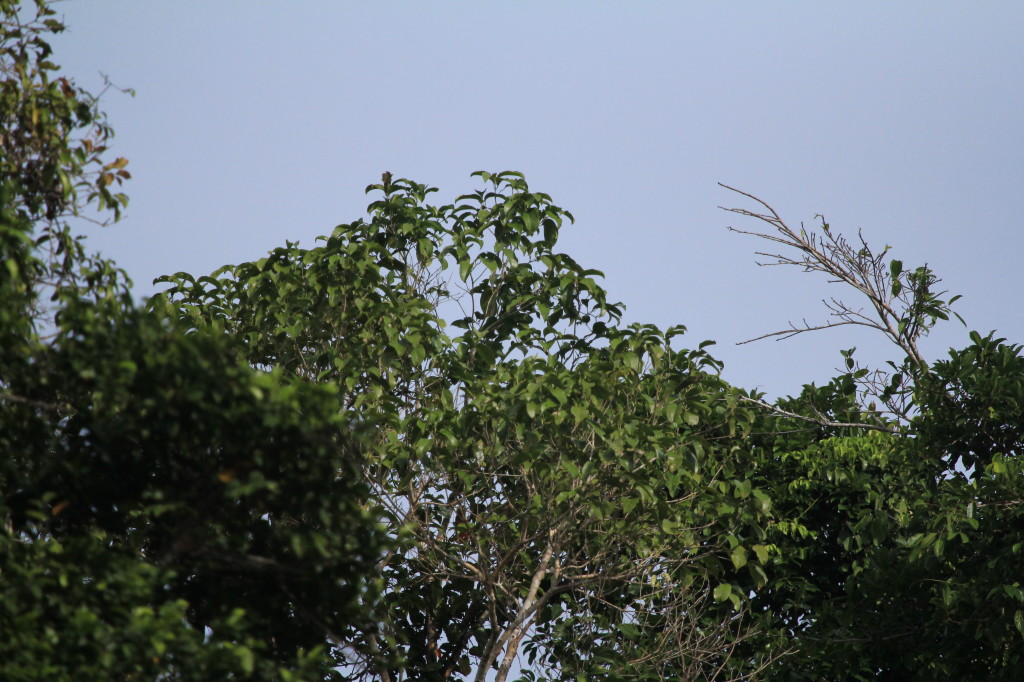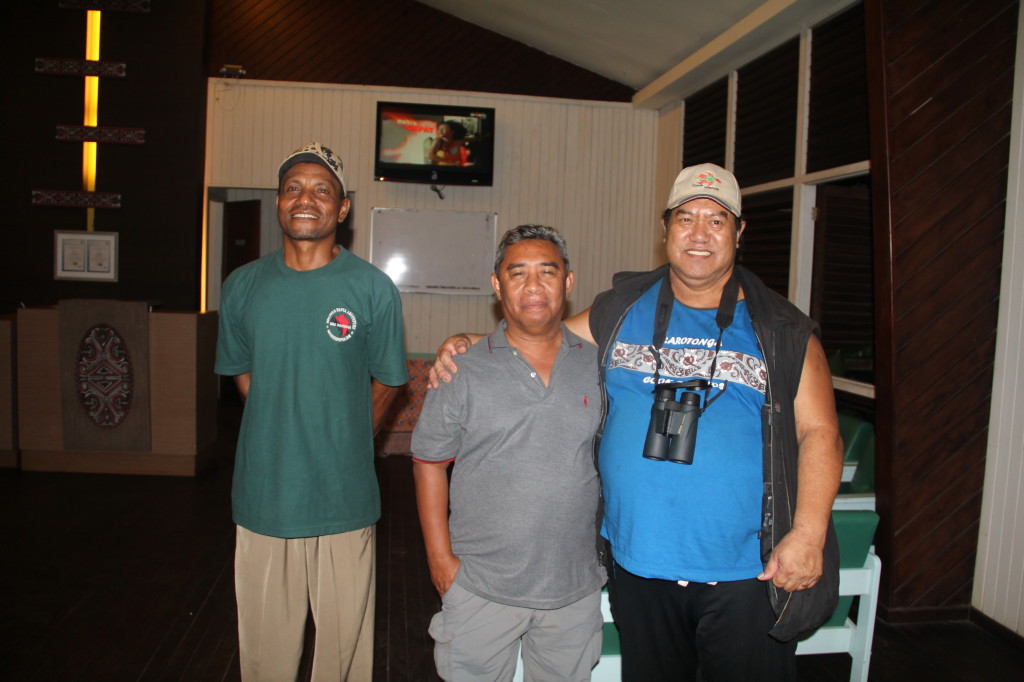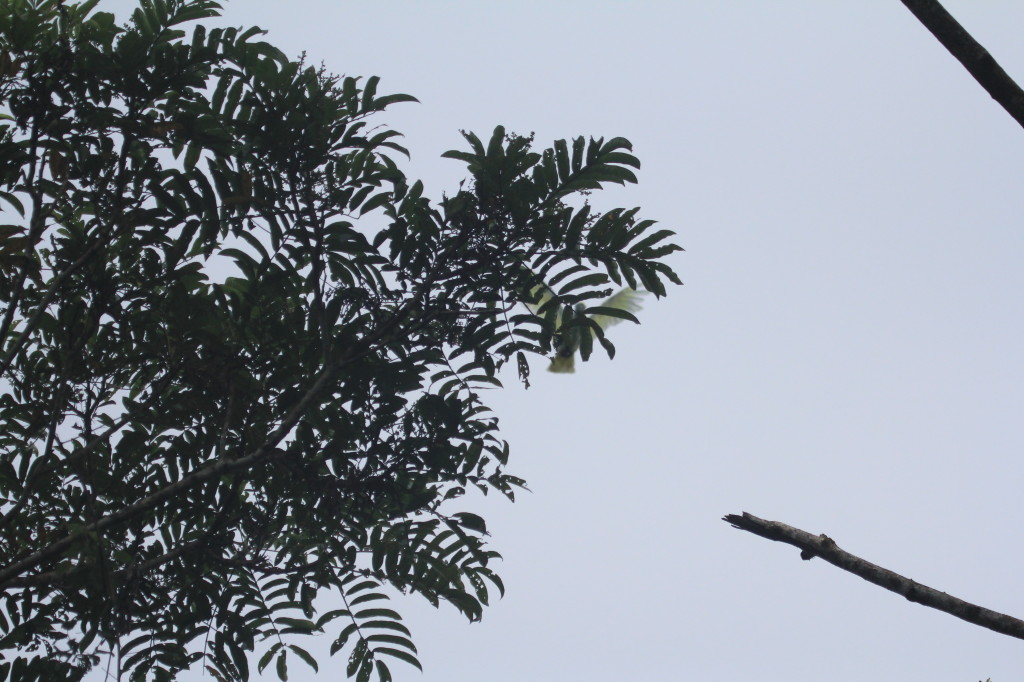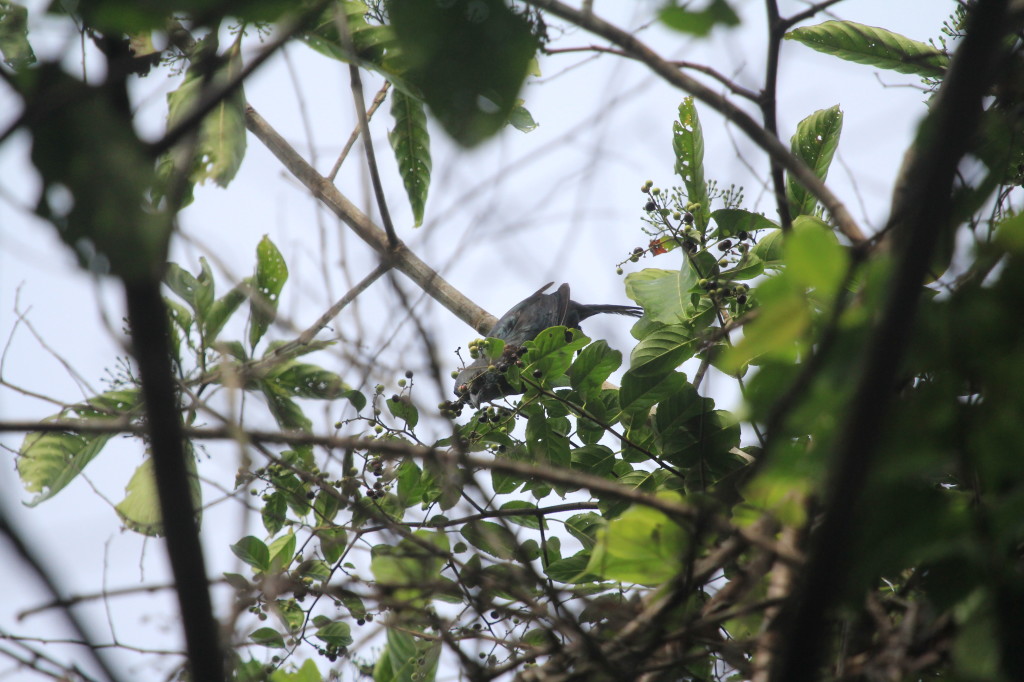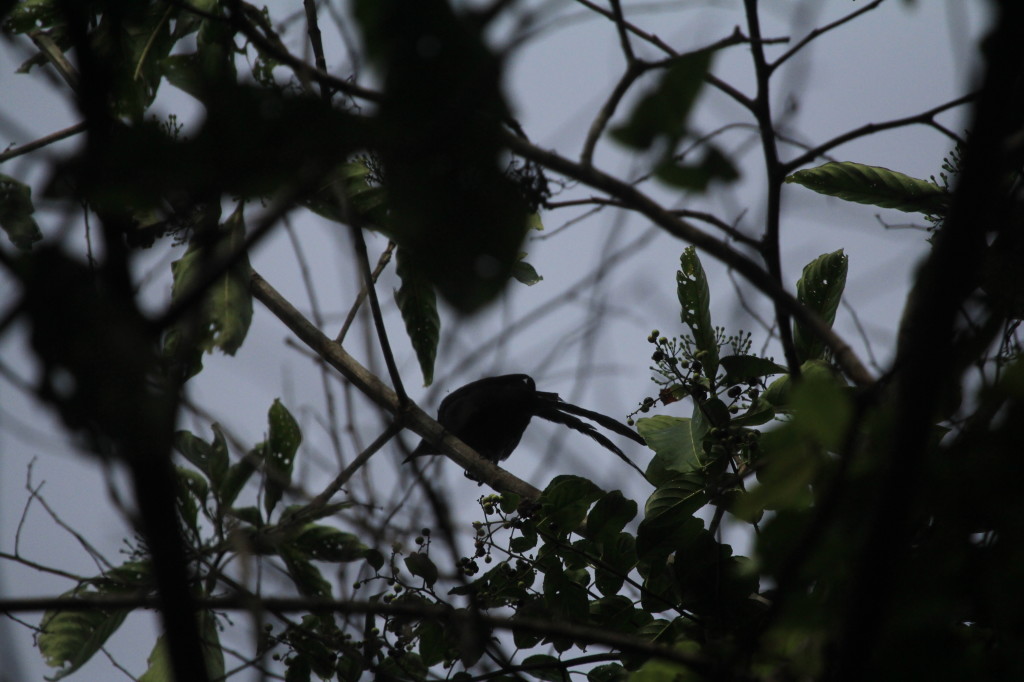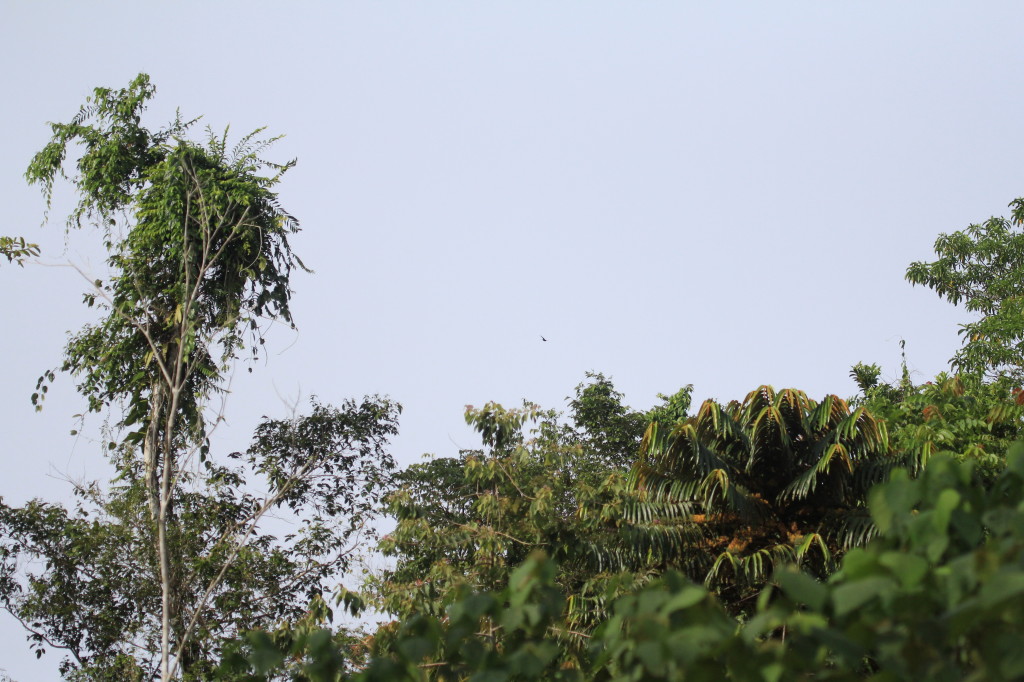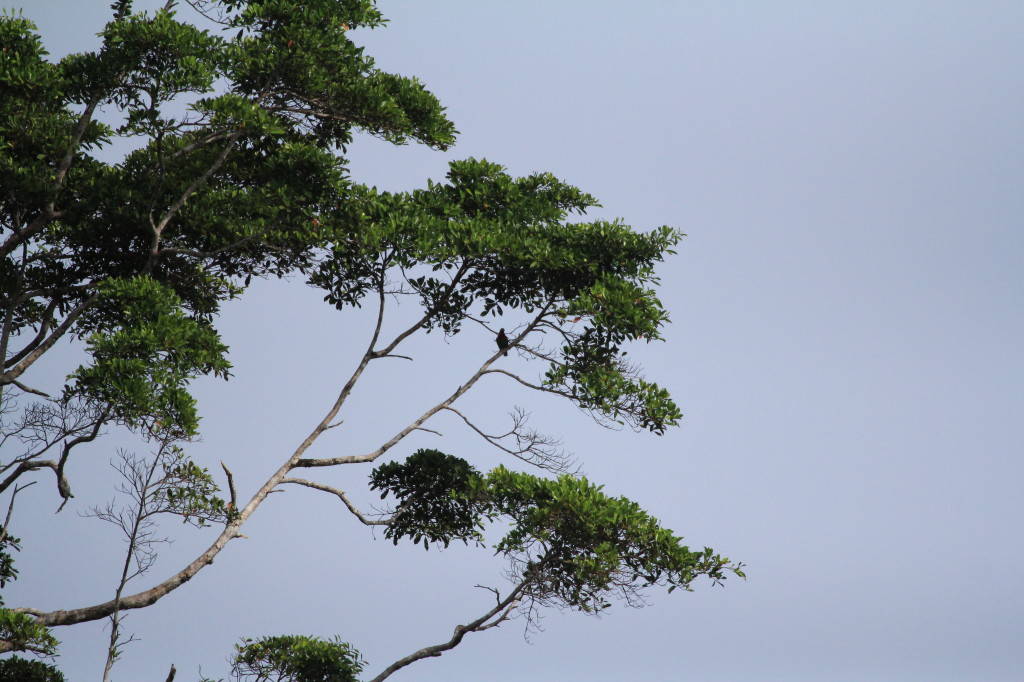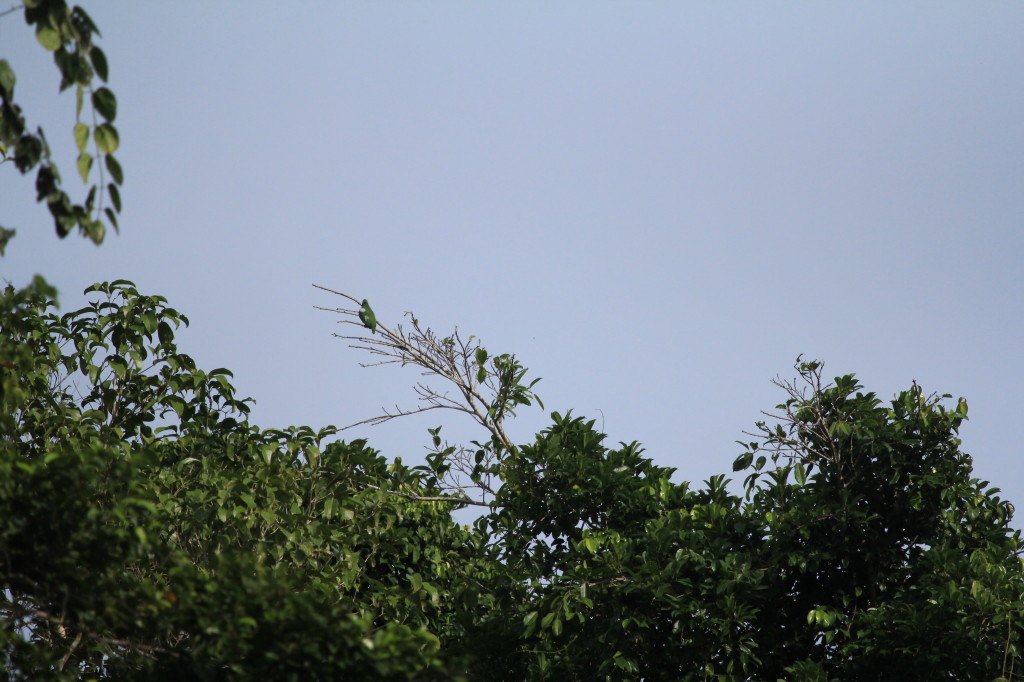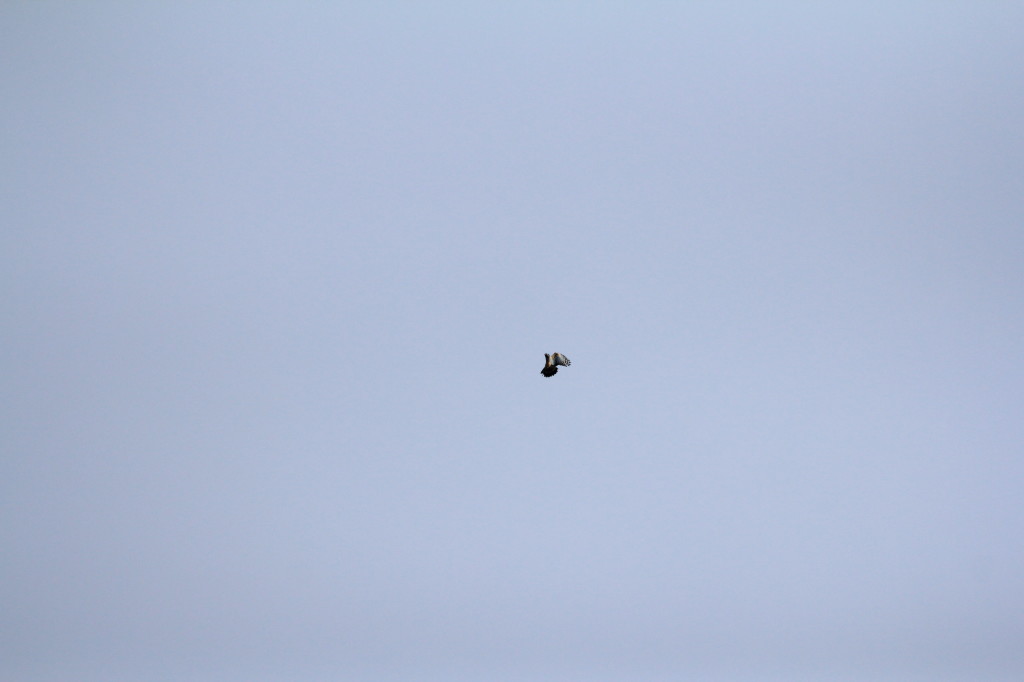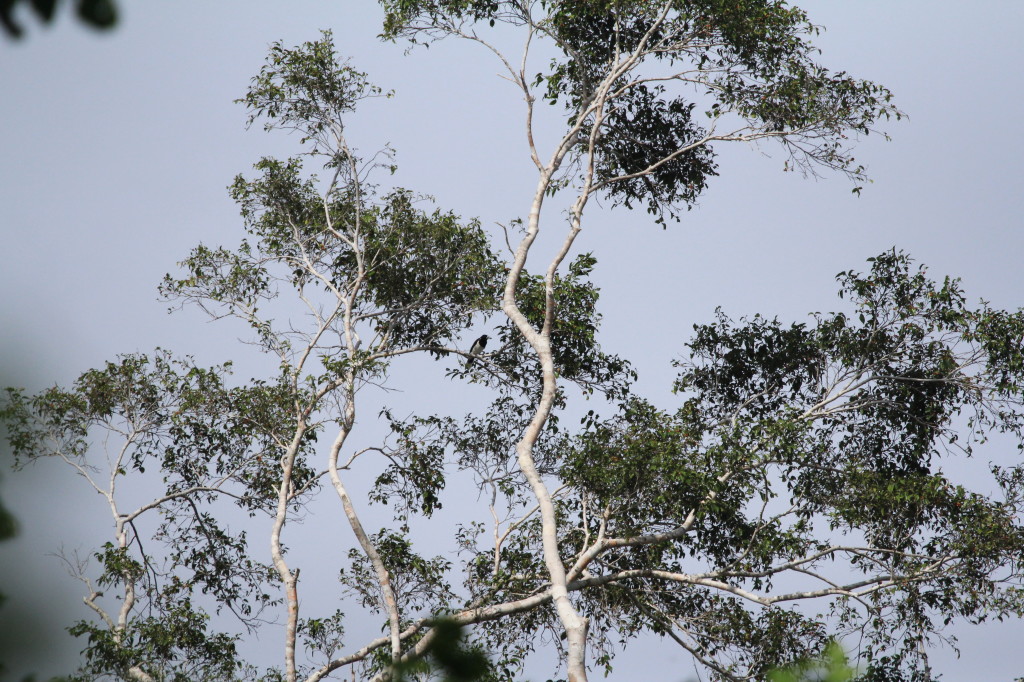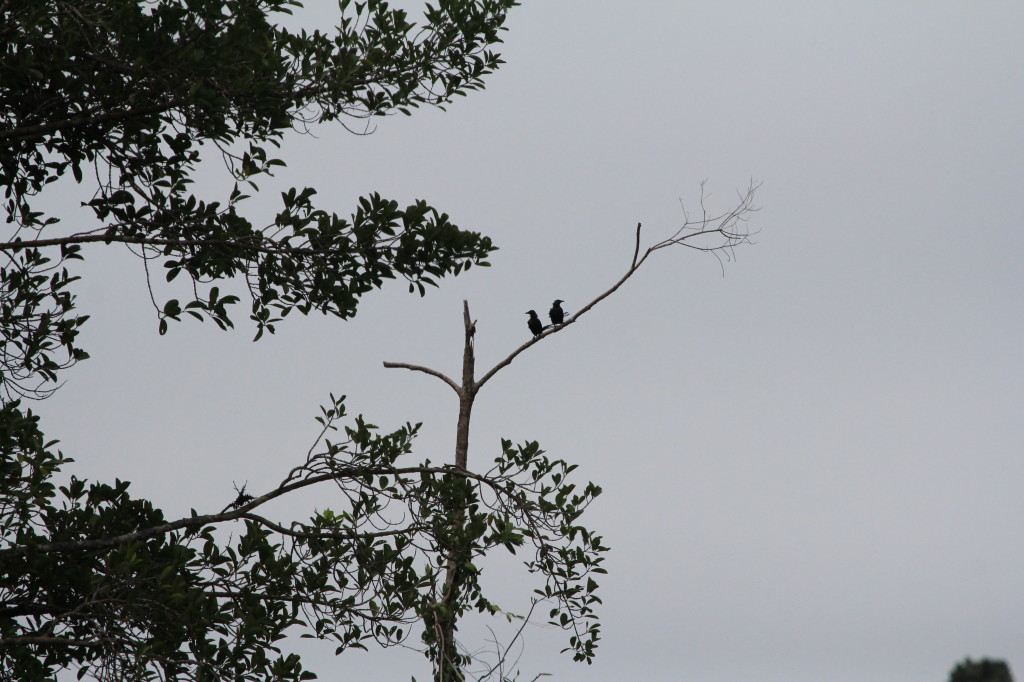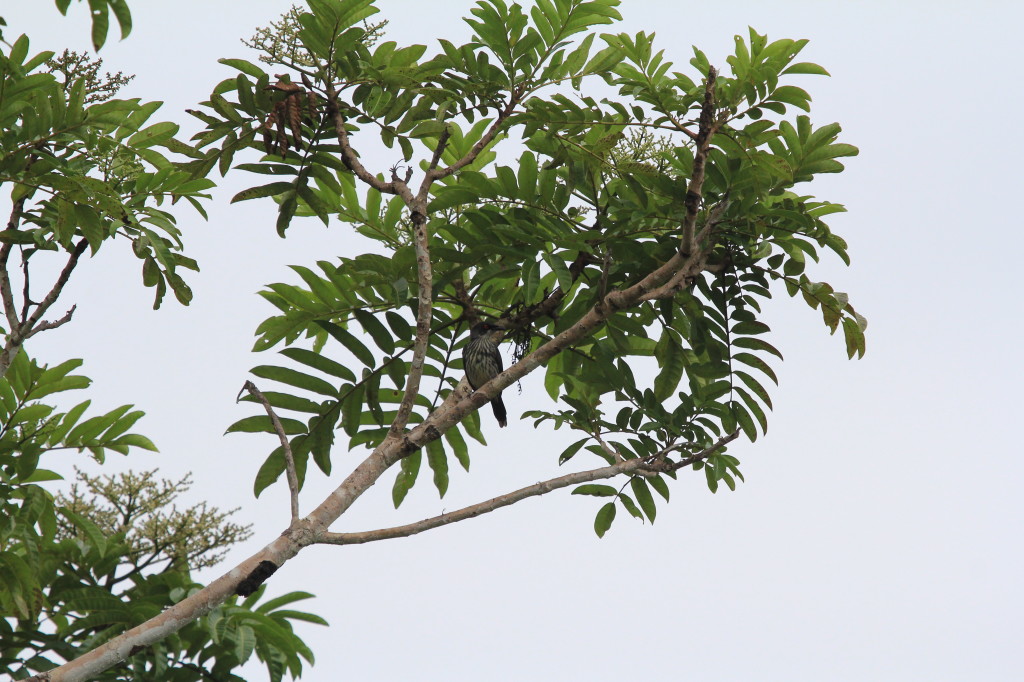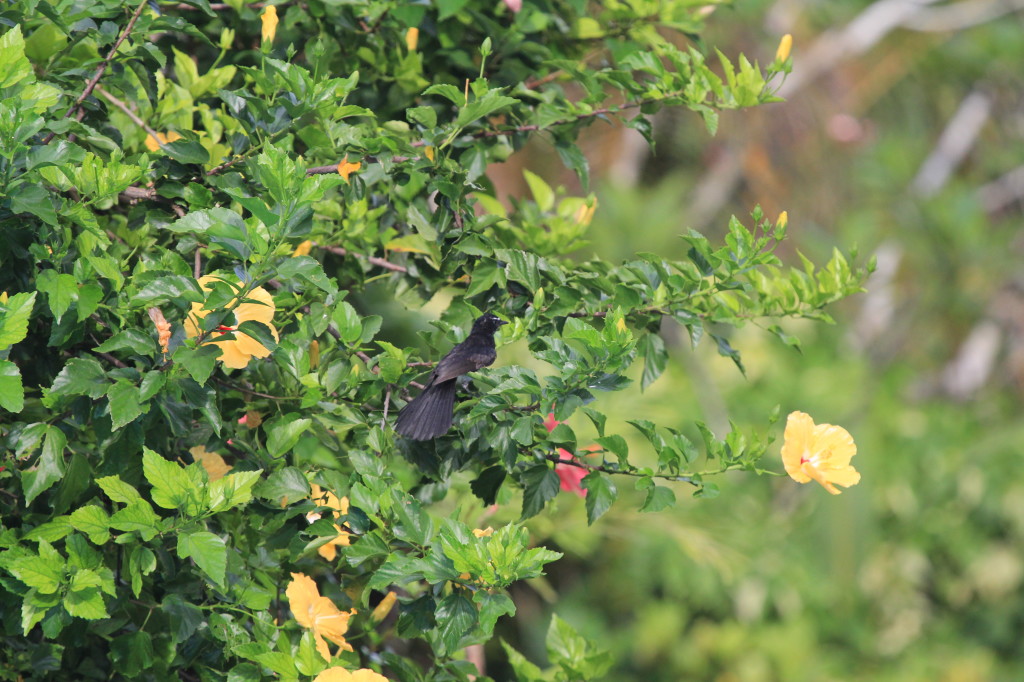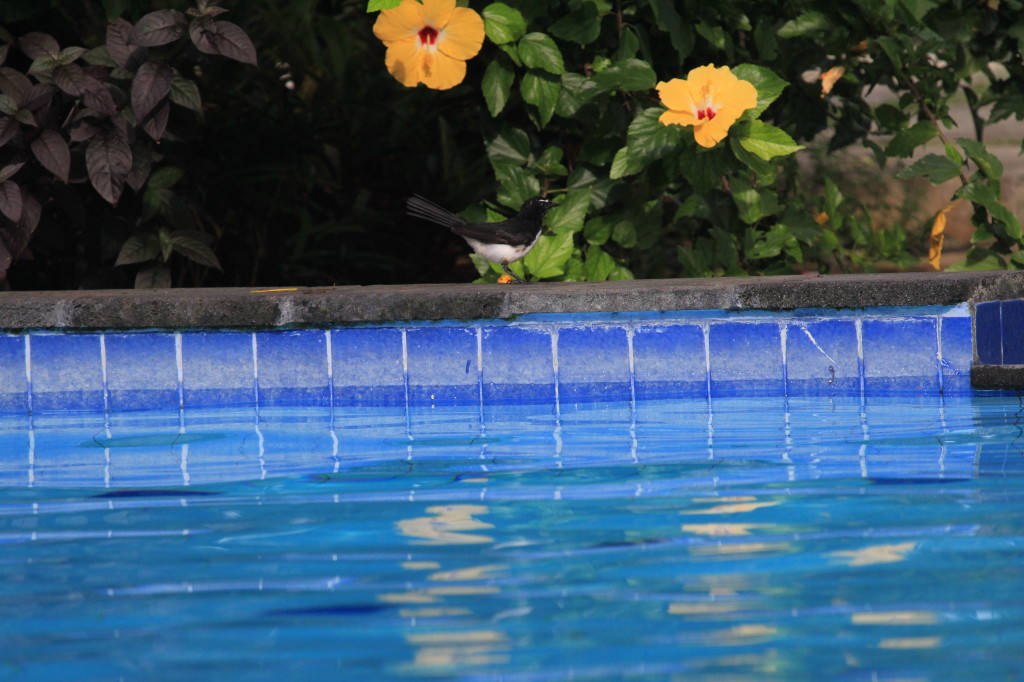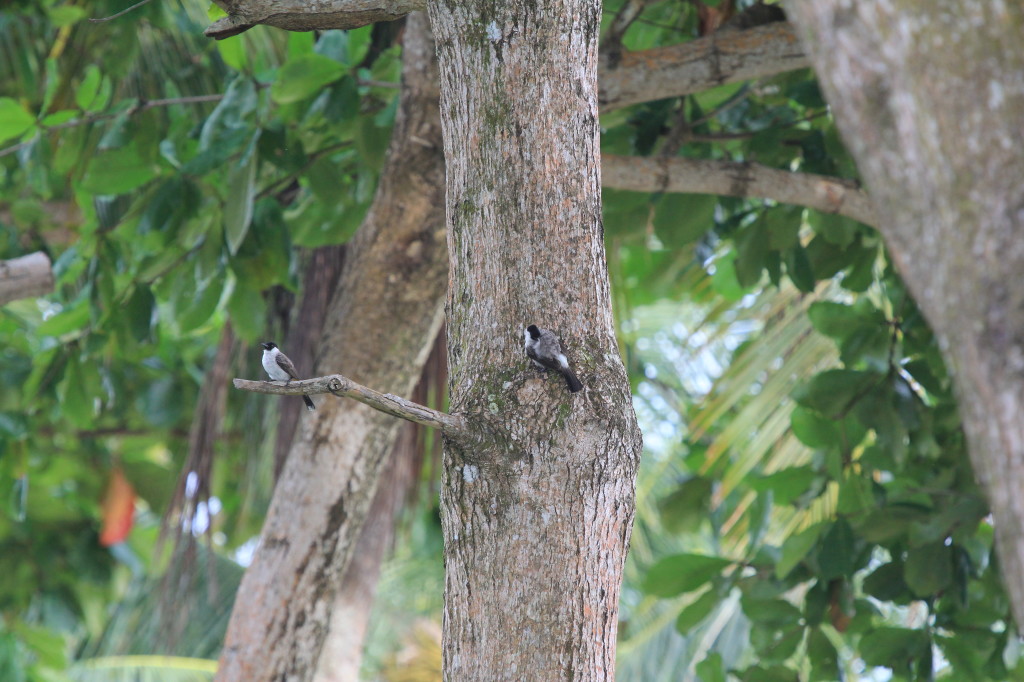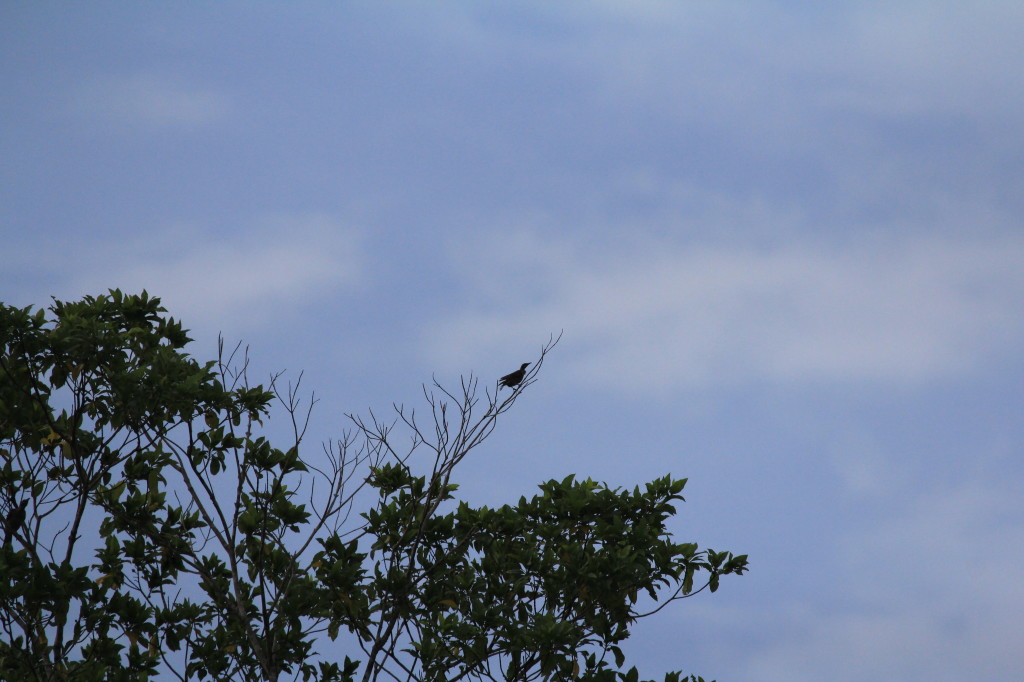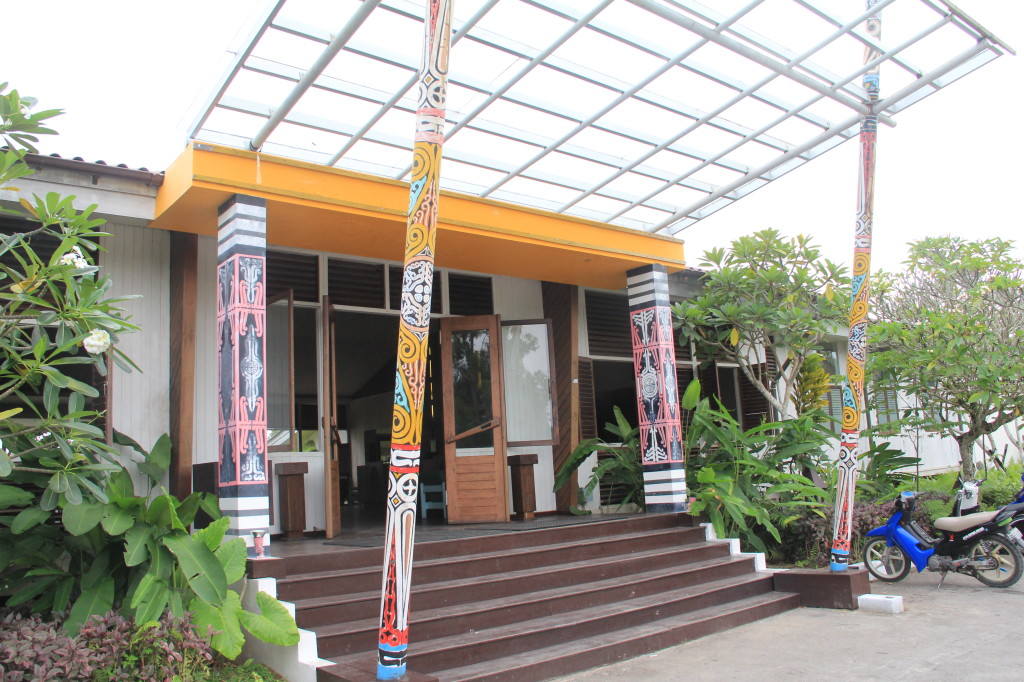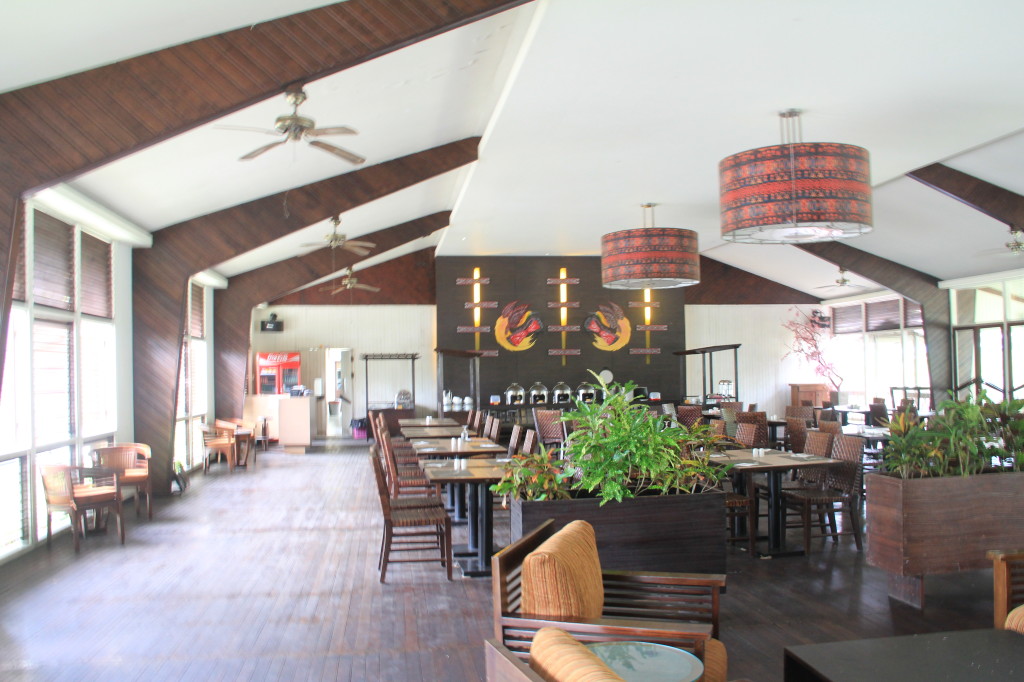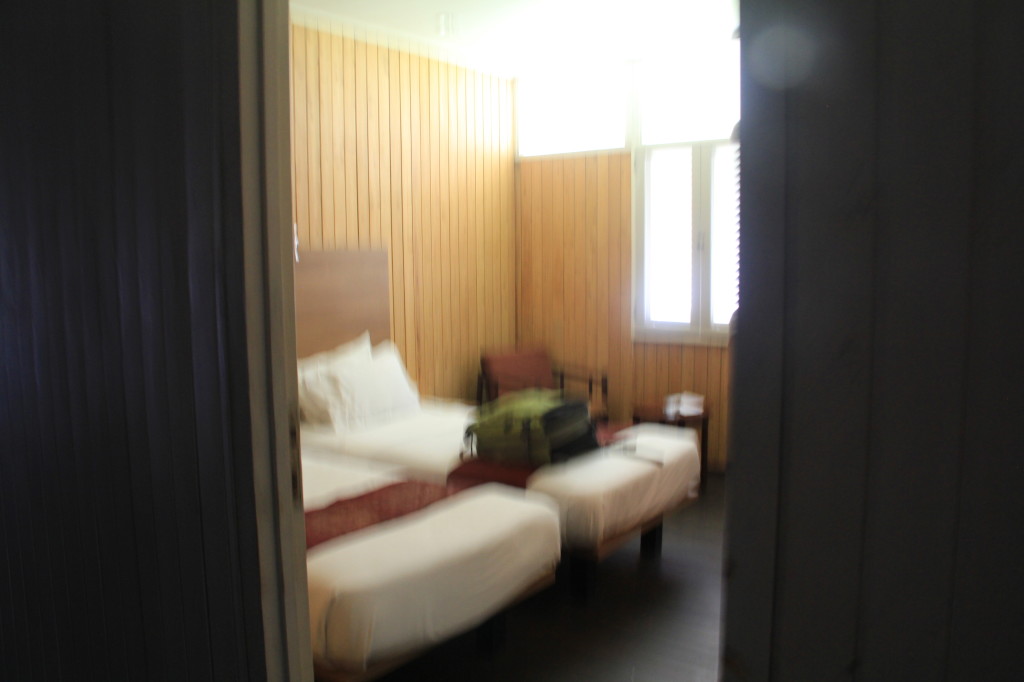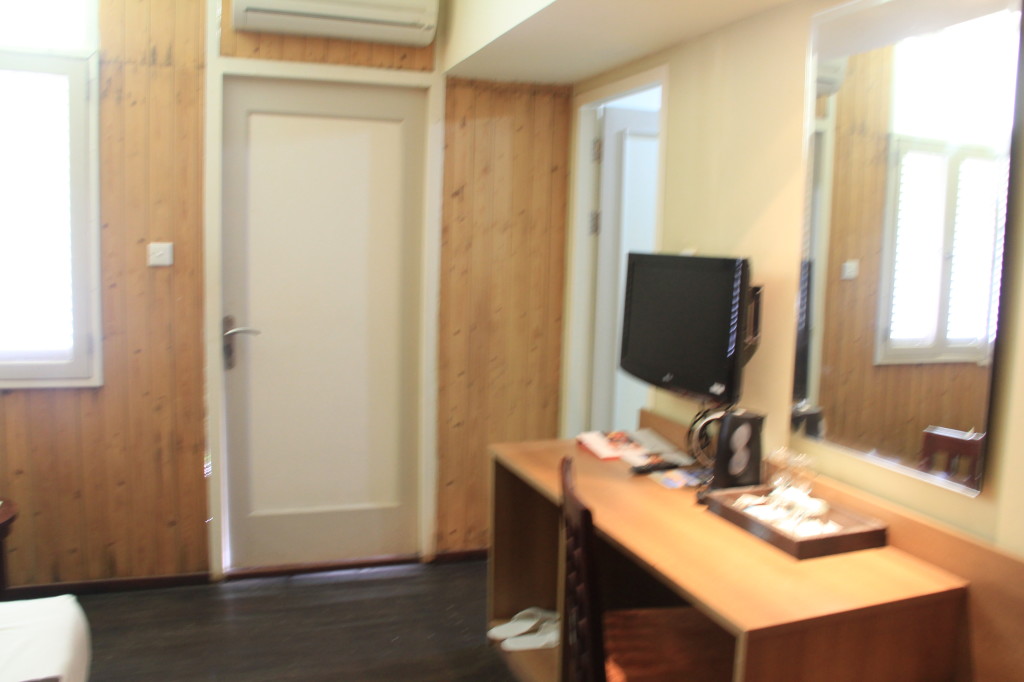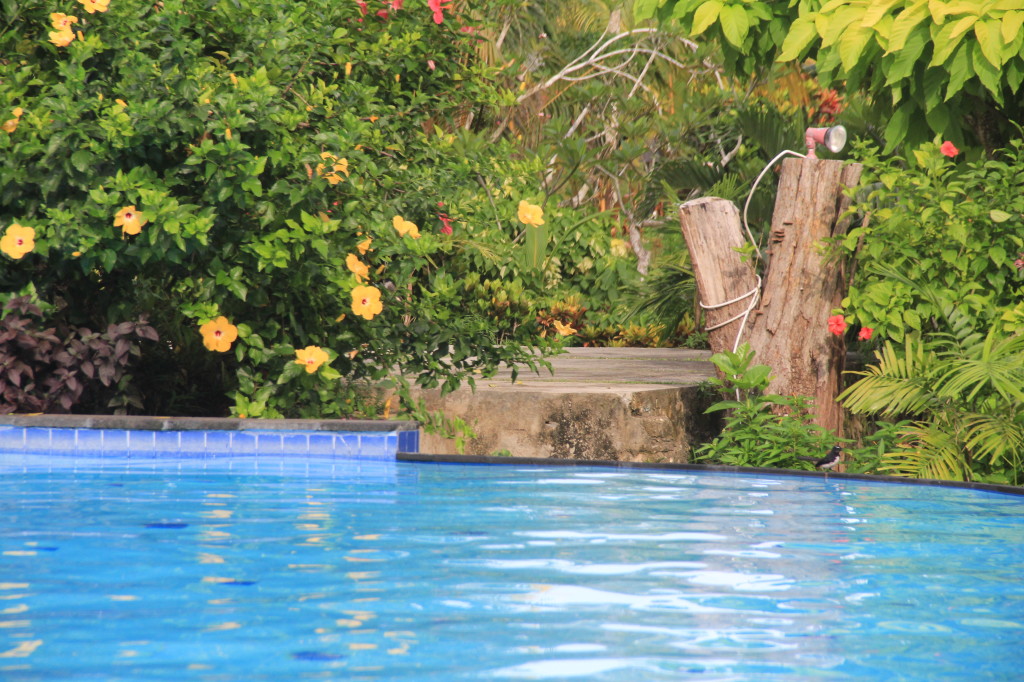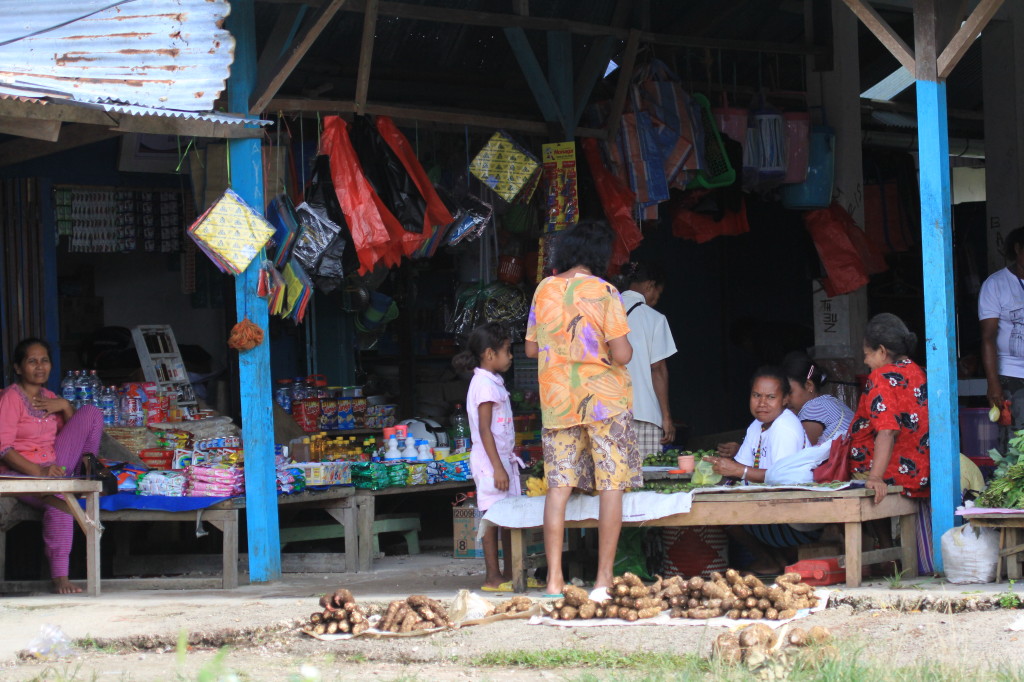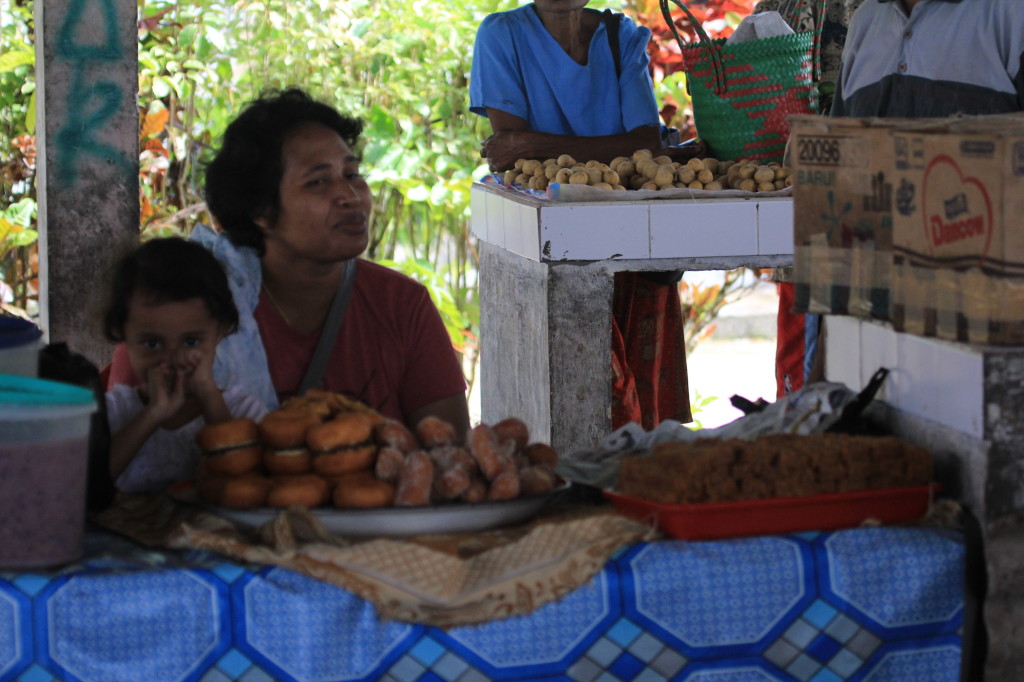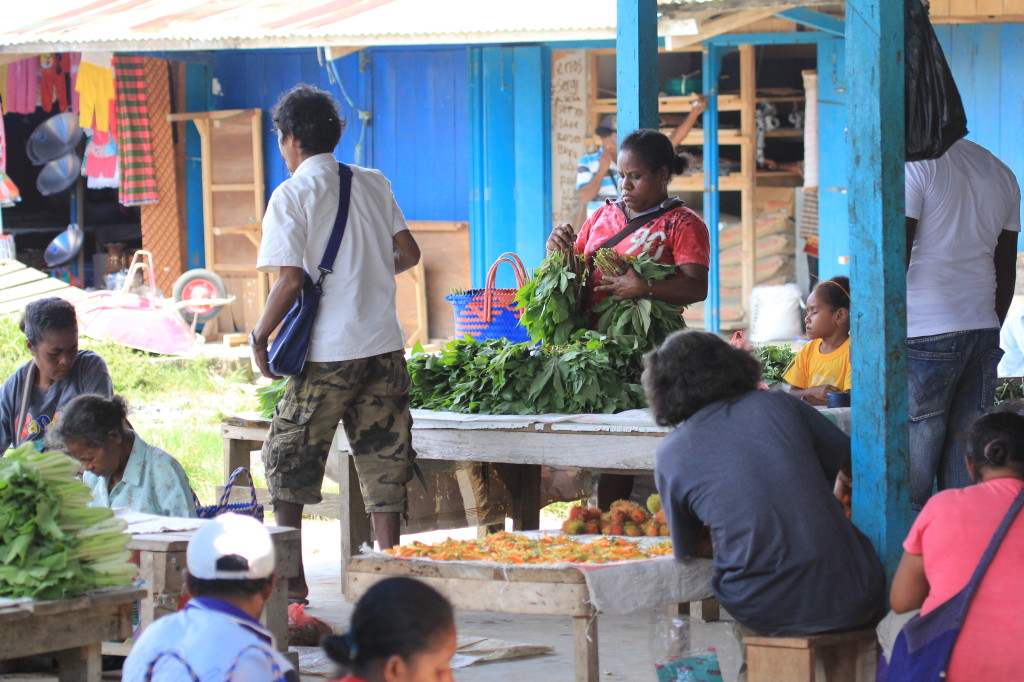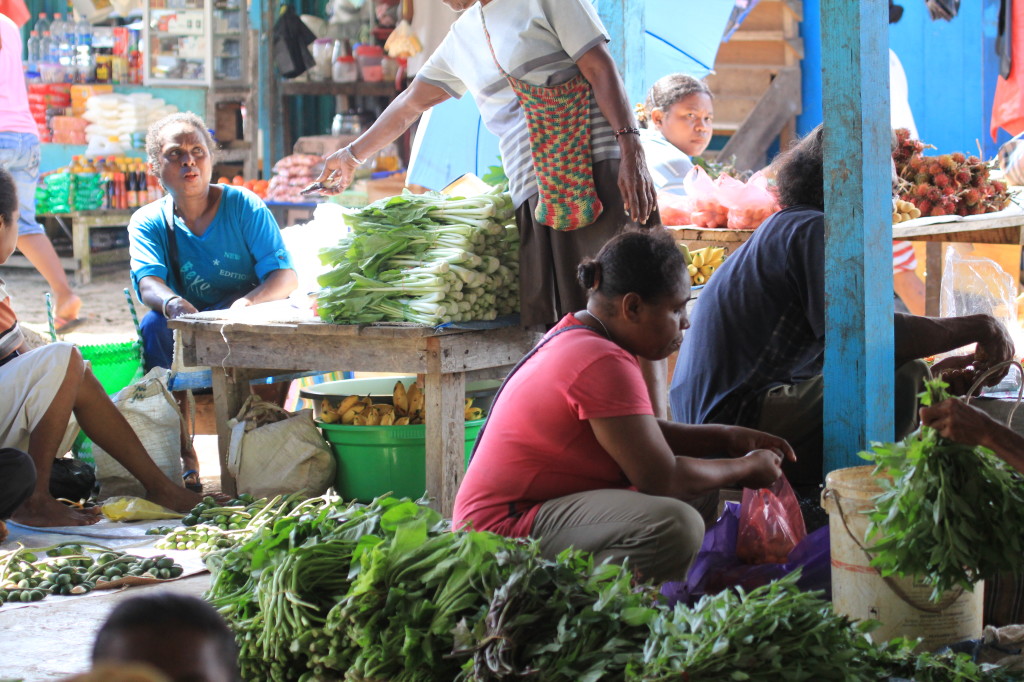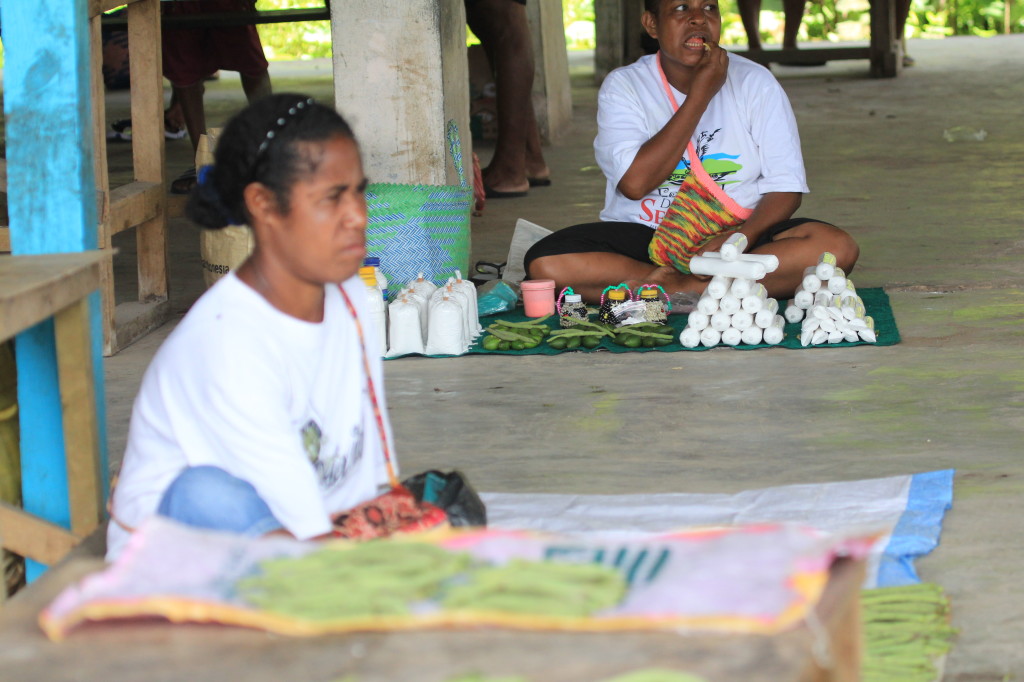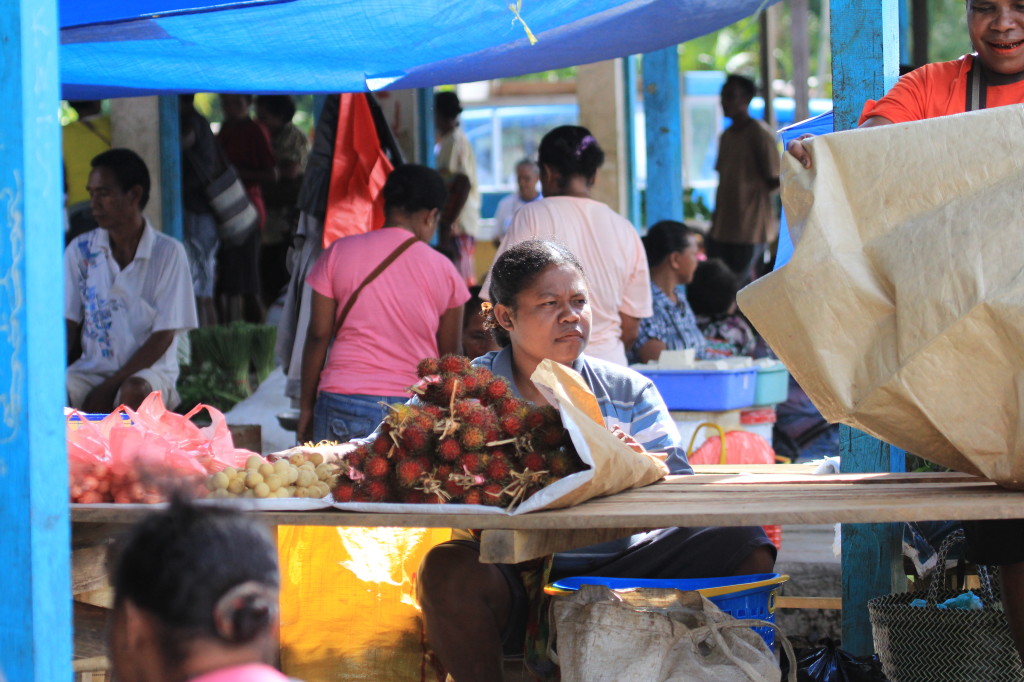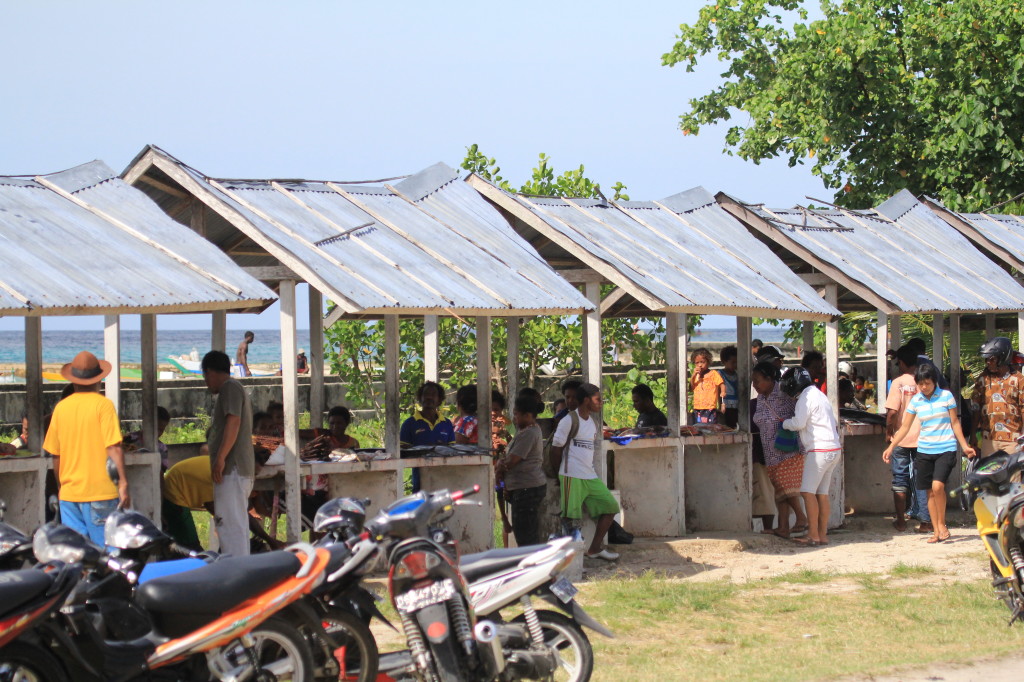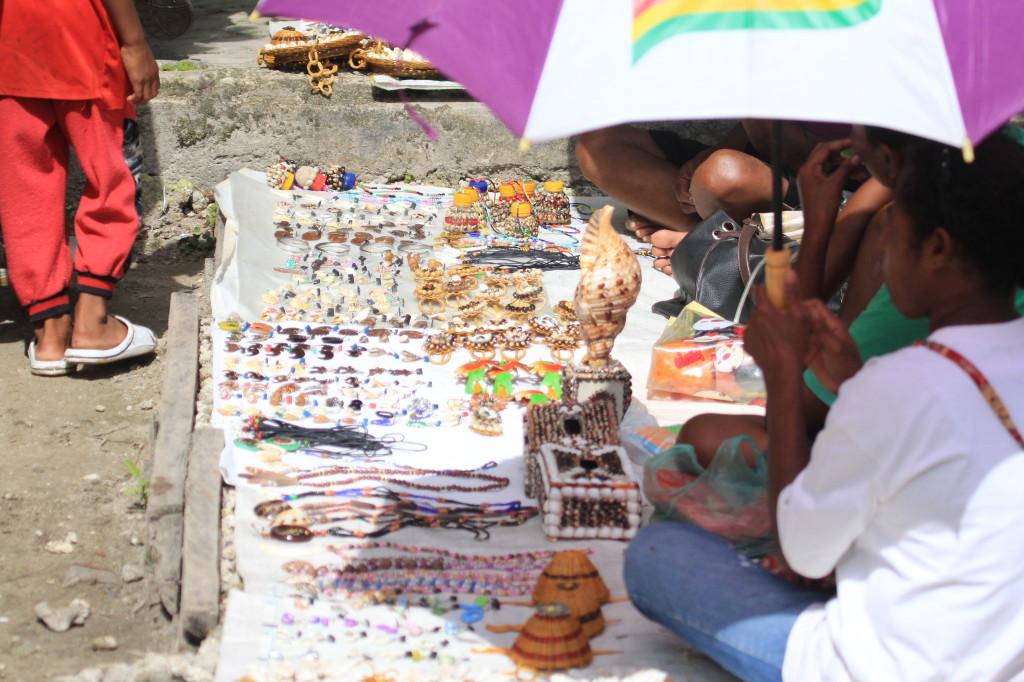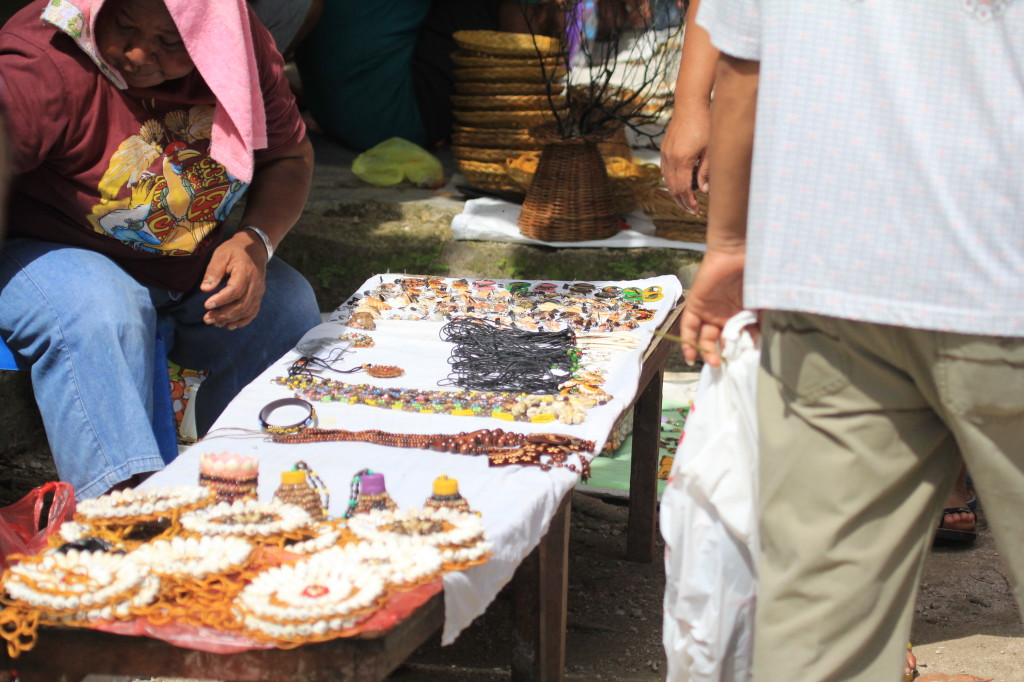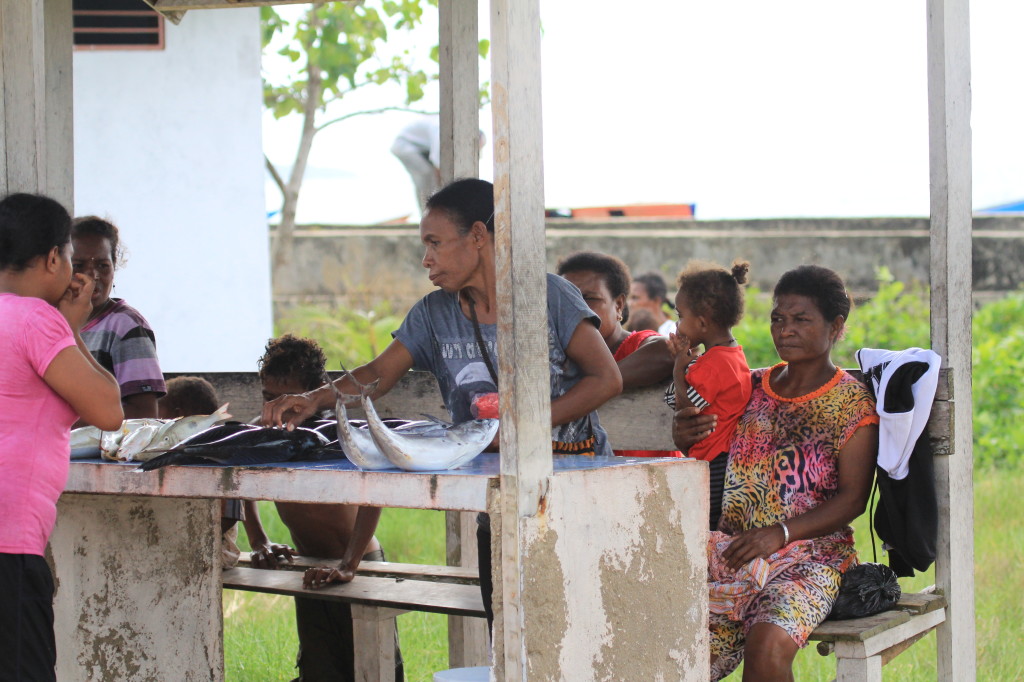INDONESIA’S BIRDING HOTSPOTS
From Crowned-Pigeons and Birds-of-Paradise, to endemic Pheasants and Pittas, not to mention a wide variety of parrots such as Cockatoos, Lories, Fig Parrots, Eclectus and more – Indonesia has some of the world’s best birdwatching. Spanning two continents and home to over 1,600 species (including almost 400 endemics) there are plenty of reasons to come birding in Indonesia, then come again and again.
I have found the Burung Nusantara website a tremendous resource for planning my own trip to West Papua in the near future. They also have comprehensive guides on how to get to the birding hotspots, what species to look for and how to organize guides. Some places where birders flock to such as the Arfak Mountains and Raja Ampat don’t have email or cell phones so it can be very difficult to get ahold of guides or book things in advance. In the low season, it should be feasible to just show up and ask for a guide, preferably one of the recommended guides on this site as they have good experience and skills. In the busy season, you will probably need to find some way to book in advance, otherwise you may find that the best guides are already booked by major birding tour operators.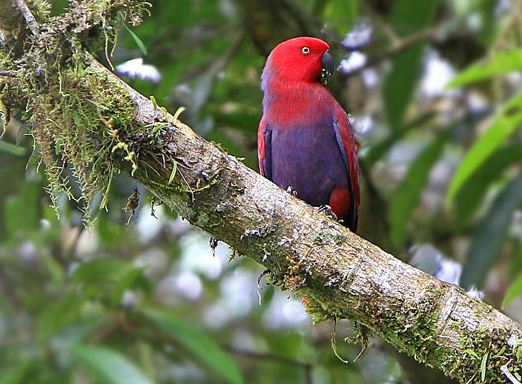
Here’s a selection of recommended birding hotspots and where you can read more about them. In future posts, I will take each one in more detail as to how to get there and organize the birding in that area and how you can reach Indonesia from your country using your frequent flyer miles.
Key bird species:
Forsten’s Scrubfowl; Rufous-necked Sparrowhawk; Meyer’s Goshawk; ‘Seram’ (Long-tailed) Mountain-Pigeon; Salmon-crested Cockatoo; Red Lory; Blue-eared Lory; Purple-naped Lory; Moluccan King-Parrot; Moluccan Scops-Owl; Moluccan Boobook; Lesser Masked-Owl; Lazuli Kingfisher; ‘Seram’ Swiftlet; Olive Honeyeater; Seram Honeyeater; Seram Myzomela; Wakolo Myzomela; Seram Friarbird; Moluccan Cuckoo-shrike; Pale-gray Cuckoo-shrike; Black-chinned Monarch; ‘Seram’ Golden Bulbul; Cinnamon-chested Flycatcher; Seram Thrush; Streaky-breasted Fantail; Drab Whistler; Seram White-eye; Rufescent White-eye; Gray-hooded White-eye; Seram Oriole; Moluccan Starling; Long-crested Myna.
ARFAK
Key species:
Magnificent Bird-or-Paradise; Black Sicklebill; Long-tailed Paradigalla; Arfak Astrapia; Arfak Bowerbird; Lesser Bird-of-Paradise; Superb Bird-of-Paradise; New Guinea Eagle; Feline Owlet-Nightjar; Mountain Owlet-Nightjar; Spotted Jewel-Babbler; Chestnut-backed Jewel-Babbler Spotted Catbird; Flame Bowerbird; Magnificent Riflebird; Buff-tailed Sicklebill.
RAJA AMPAT
Key species:
Wilson’s Bird-of-Paradise; Red Bird-of-Pardise; King Bird-of-Paradise; Northern Cassowary; Western Crowned-pigeon; Pheasant Pigeon; Black Lory; Beach Kingfisher; Bruijn’s Brush-turkey.
NIMBOKRANG
Key species:
Northern Cassowary; Pale-billed Sicklebill; Blue-and-Black Kingfisher; Brown Lory; Twelve-wired Bird-of-Paradise; Shovel-billed Kingfisher; Victoria Crowned Pigeon; King Bird-of-Paradise; Blue Jewel Babbler; Brown-necked Crow; Hook-billed Kingfisher; Vulturine Parrot; Papuan Hawk-owl; Lesser Bird-of-Paradise; Brown-collared Brush-turkey; Greater Black Coucal; Papuan Nightjar; Grey Crow; Black-sided Robin; Lowland Peltops; White-eared Catbird; Wompoo Fruit-Dove; Coroneted Fruit-Dove.
BIAK AND NUMFOR
Key species:
Long-tailed Starling, Biak Black Flycatcher; Biak Paradise-kingfisher; Biak Lory; Geelvink Pygmy-parrot; Biak Scops-owl; Biak Monarch; Biak Coucal; Biak Scrubfowl; Biak Gerygone; Biak White-eye; Numfor Paradise-kingfisher.
LORE LINDU
Key bird species:
Small Sparrowhawk; Bare-faced Rail; Sulawesi Woodcock; Metallic Pigeon; Ornate Lorikeet; Yellow-and-green Lorikeet; Ochre-bellied Hawk-Owl; Cinnabar Hawk-Owl; Speckled Hawk-Owl; Diabolical Nightjar; Scaly Kingfisher; Purple-bearded Bee-eater; Cerulean Cuckoo-shrike; Pygmy Cuckoo-shrike; Chestnut-backed Bush-Warbler; Blue-fronted Flycatcher; Sulawesi Blue-Flycatcher; Geomalia; Sulawesi Thrush; Great Shortwing; Olive-flanked Whistler; Maroon-backed Whistler; Malia; White-backed Woodswallow; Sulawesi Myna; Fiery-browed Myna; Mountain Serin
BALI BARAT
Key bird species:
Beach Thick-knee; Orange-breasted Pigeon; Javan Cuckoo-shrike; Black-winged Starling; Banded Pitta; Bali Starling (Myna); Java Sparrow

